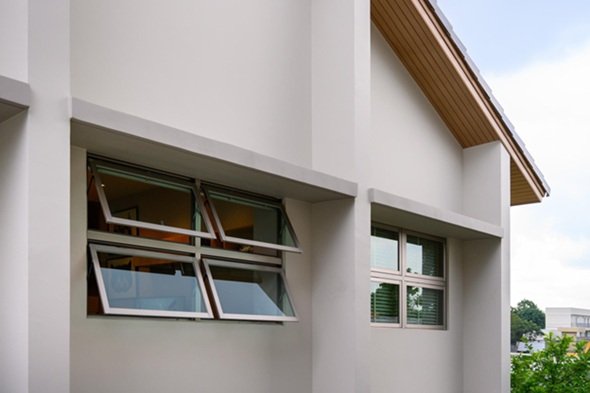Museums today are evolving from passive spaces of observation into dynamic, interactive environments that captivate the senses and stir curiosity. In an age where attention spans are short and expectations high, modern museum-goers no longer want to just look at artifacts—they want to experience them. At the heart of this transformation is a new approach to interior design that emphasizes interactivity, immersion, and storytelling.
The Shift from Static to Experiential
Traditionally, museums have relied on glass cases, descriptive plaques, and guided tours. While still valuable, these elements are now being complemented—and sometimes replaced—by interactive installations and immersive environments that invite visitors to engage with exhibits on a deeper level.
Think of digital walls that react to touch, AR headsets that bring historical events to life, or themed environments that replicate ancient civilizations. These elements aren’t just high-tech novelties—they’re carefully integrated into the interior design to enhance education and emotional connection.
Designing for Discovery
At the core of an immersive museum interior design is the principle of designing for discovery. This involves:
- Open and intuitive layouts that guide visitor flow organically
- Zoned experiences where lighting, sound, and textures change based on themes
- Interactive stations—from touchscreen timelines to audio booths and motion sensors—that encourage hands-on exploration
By curating these moments of discovery, designers transform learning into a multi-sensory journey, making museums more appealing to children, families, and even digital-native audiences.
Storytelling Through Space
Great museum interiors are not just beautiful—they tell a story through spatial design. Walls, colors, materials, and lighting work together to frame the narrative. For example:
- A war history exhibit might feature raw textures, darker palettes, and directional lighting to convey tension and realism.
- A children’s science zone could use vibrant colors, rounded shapes, and playful typography to invite interaction and spark imagination.
In this way, the interior itself becomes part of the storytelling, reinforcing the theme of each exhibit and leaving a memorable imprint on visitors.
Technology as a Design Element
While digital tools are often seen as add-ons, in modern museums, technology is woven into the very fabric of the space. Projection mapping, smart lighting, gesture-controlled displays, and VR/AR integrations are now being incorporated seamlessly into exhibit design—without disrupting the overall aesthetic.
The result? A fluid blend of the physical and the digital, where visitors don’t just see history—they step into it.
Designing for All: Accessibility & Inclusivity
Interactivity isn’t just about innovation—it’s also about inclusivity. Immersive museum design allows for multiple ways of engagement, making learning more accessible to people of all ages and abilities. Audio-guided experiences, tactile exhibits, and visual storytelling tools ensure that no one is left behind in the journey.
Final Thoughts
As museums continue to redefine their role in a digitally driven world, interactive and immersive interiors are emerging as the key to sustained engagement. These thoughtfully designed spaces don’t just inform—they inspire. By blending technology, storytelling, and human-centered design, today’s museum interiors invite visitors not just to observe the past, but to live it, feel it, and connect with it like never before. Visit Design Arc Interiors.







